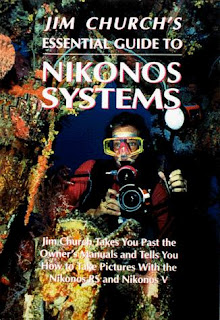I just entered my 3rd year of snowboarding. I started pretty late, but to be honest, it means nothing, if you want to do it, just do it.
First piece of equipment I bough were snowboard boots. I have a bit wider feet so researched a bit and figured out that I would be OK with Burton MOTO. They are entry level, can be found everywhere and fit into basic price category. Additionally I bough them used, they were almost new, been put on maybe 2-3 times. Person sold them since they were to small for him. Size was 42.5.
During these 20+ days of snow I had pain in my feet after some time and with more and more riding pain was more pronounced. I worked on my riding style, I tried SuperFeet inserts and eventually made custom feet inserts, but did not help much. My heel always had extra space even if I would made boots extremely tight.
Eventually I have decided to change boots and really spend some time while choosing. I talked to some friends and and come up with buying strategy.
Here it is:
1. You need to block a lot of time. take all time you need. no rush or hurry. At least 1 hour.
2. Don't buy online, you need to try it and compare the fit
3. Choose a store with multiple brands. Don't go to store that has for example 10 Burton models or 10 DC models, choose store that has at least 4,5 different brands with different lacing systems. This is important since each brand has different fit. Nike is more narrow. Burton is normal. ThirtyTwo and Vans are generally wider. Each brand applies 1 or more different lacing styles and that has impact on how you get your fit.
4. Know what you're looking for: how much flex depending on your needs/ride style as number one and then maybe something else.
5. Choose a size. Start with same number your sport shoes are. Sometimes your left and right foot maybe even have difference for half a size, don't neglect that. In most of stores they have tool that tells you which size you need if you're not sure. Some boots will expand over time, some boots will stay the same and inner boot will just adjust better, depends on boot ... make sure to ask what you can expect in term of size change over time.
6. Compare. Try to ignore brand and style and just be fit oriented. Focus on:
is it wide enough,
is it long enough,
are you comfortable since you need maybe to spend entire day in them,
is your heel nicely cushioned and does not move when you make small movements,
can you nicely tighten lower and upper zone with lacing system,
are you happy with lacing system,
does back upper of boot and liner flex enough to accommodate your calf muscle.
 7. Once you find your fit and preferred lacing system, only then focus to look into colors and style and whatever. Step #4 will depend on your feet. if it is an average feet it will be easier then if you have more wider or more narrower feet.
7. Once you find your fit and preferred lacing system, only then focus to look into colors and style and whatever. Step #4 will depend on your feet. if it is an average feet it will be easier then if you have more wider or more narrower feet.8. Show respect for people in store that helped you and don't go buying same boot for 10% cheaper online.
I ended up with ThirtyTwo Royal Lashed FT, size 42, check them here. Most important decisions were size change (42 instead of 42.5) and brand chnage (ThirtyTwo instead Burton due to more wider fit and more tightness around heel) We will see in few days how they will work.



